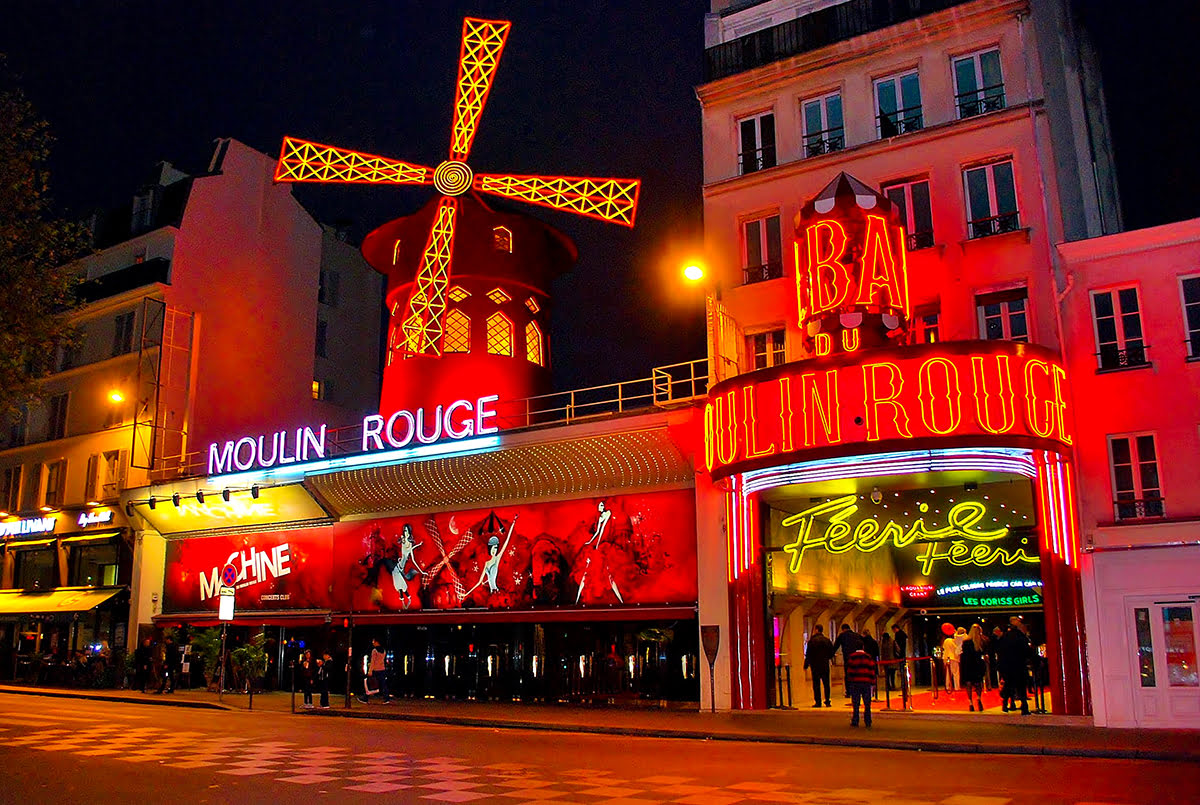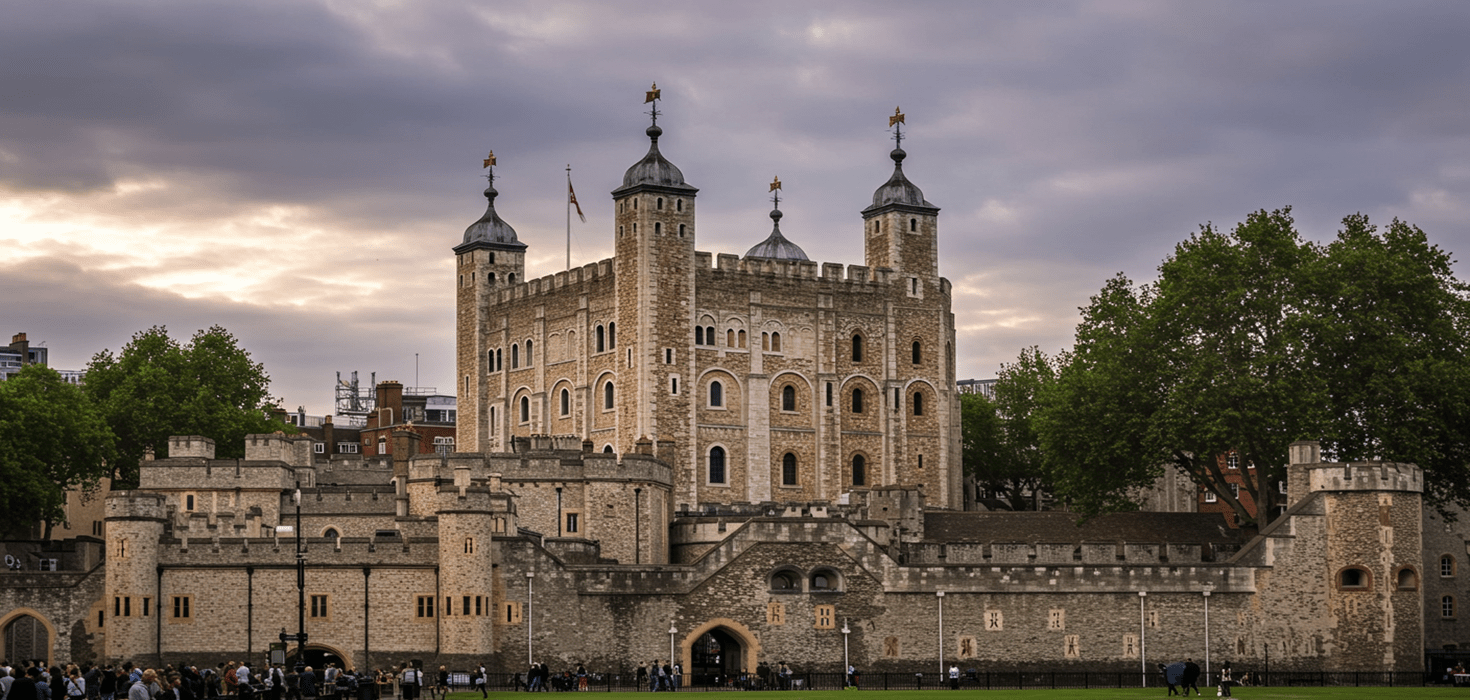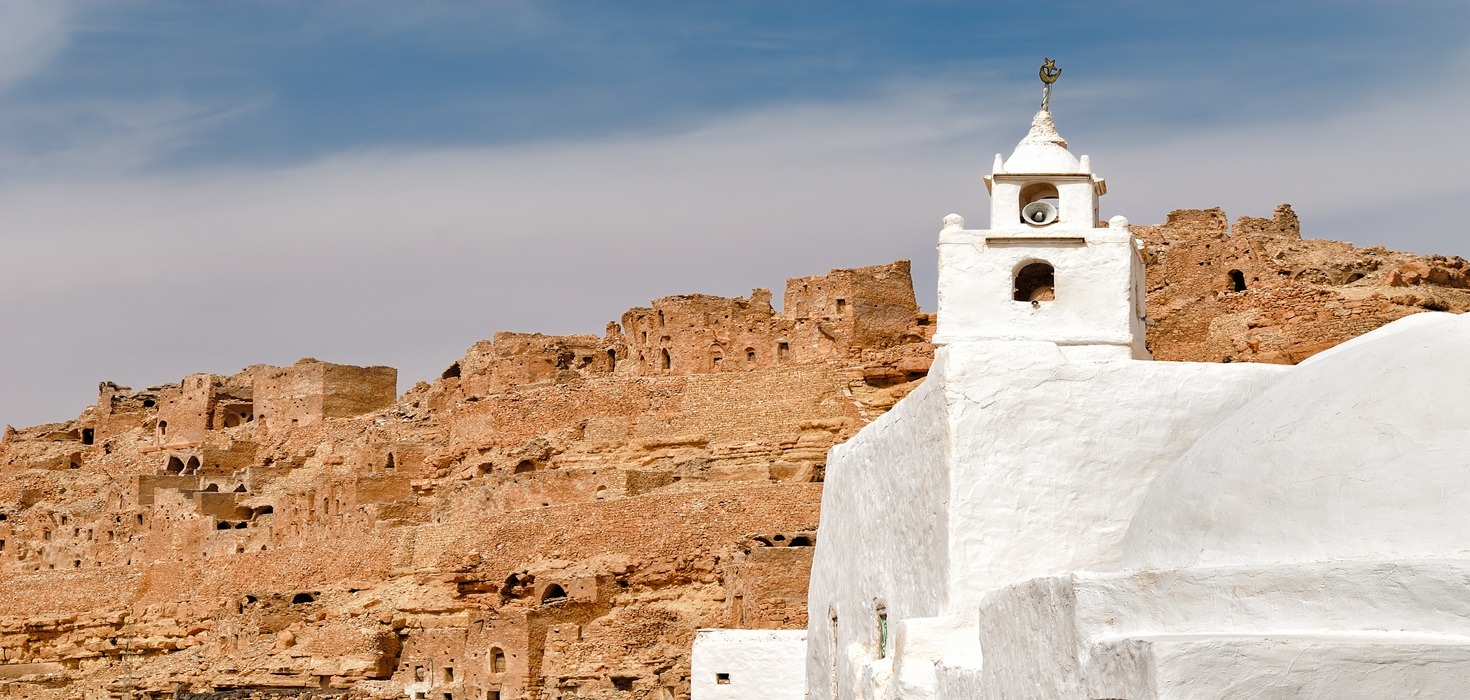Introduction
When you think of Paris, the iconic silhouette of the Louvre Museum likely springs to mind. This magnificent structure, once a royal palace, now stands as a beacon of art and culture, attracting millions of visitors each year. Home to some of the most celebrated masterpieces in history, including the enigmatic Mona Lisa and the graceful Venus de Milo, the Louvre is more than just a museum; it’s a cultural epicenter that tells the story of humanity through its vast collections. Whether you’re an art aficionado or a curious traveler, a visit to the Louvre is an unforgettable experience that should top your Parisian itinerary.
Discover the Louvre Museum’s Fascinating History
The history of the Louvre is as captivating as the artworks it houses. Originally built in the late 12th century as a fortress to defend Paris from Viking invasions, it has undergone a remarkable transformation over the centuries. In the 16th century, it became a royal residence under King Francis I, who was an avid art collector. He transformed the fortress into a grand palace, filling it with treasures that reflected the Renaissance’s artistic revival.
Fast forward to the late 18th century, and the Louvre was officially opened as a public museum during the French Revolution, marking a pivotal moment in its historical significance. The museum’s collection expanded dramatically, incorporating pieces looted from churches and aristocratic homes, making it a treasure trove of artistic heritage. Did you know that the Louvre was once home to the French crown jewels? These jewels were displayed in the museum until they were stolen during the tumultuous period of the revolution!
Today, the Louvre is not just the largest museum in the world but also a symbol of cultural pride. With more than 380,000 objects and over 35,000 works of art, it offers a glimpse into the evolution of human creativity across centuries. From ancient artifacts to modern masterpieces, the Louvre’s rich tapestry of history continues to engage and inspire visitors from around the globe.
For more tips on making the most of your visit, check out our Essential Visitor Tips for the Louvre.
Architectural Marvels: The Louvre Museum’s Iconic Design
As you approach the Louvre, you can’t help but be awestruck by its architectural grandeur. The museum is a stunning amalgamation of styles, reflecting the various periods of its construction. The glass pyramid, designed by the renowned architect I.M. Pei and completed in 1989, is perhaps the most iconic feature of the Louvre. This modern addition to the museum has sparked debate among purists and modernists alike, yet it undeniably adds a striking contemporary touch to the historic complex.
The pyramid serves as the main entrance, allowing natural light to flood the underground lobby, creating a welcoming atmosphere for visitors. It’s fascinating to note that the pyramid’s design was inspired by the Louvre’s historical roots, echoing the geometric shapes found in classical architecture. Standing at the pyramid’s base, you can see the juxtaposition of the modern glass structure against the ornate facades of the surrounding buildings, a perfect representation of Paris’s architectural evolution.
But the Louvre is not just about the pyramid. The museum itself is a work of art, with its Renaissance and classical elements showcasing the opulence of French royalty. The Cour Carrée, or Square Court, is a highlight, featuring intricate stonework and grand arches that transport you back in time. Comparatively, the Louvre’s architectural beauty rivals other Parisian landmarks, such as the majestic Palace of Versailles and the stunning Sainte-Chapelle, both of which boast their own unique charm.
For a deeper dive into the architectural wonders of the Louvre, don’t miss our guide on Top Visitor Tips for the Louvre.
Must-See Artworks: The Louvre Museum’s Treasures
The Louvre is a treasure chest overflowing with artistic gems that span centuries and styles. As you stroll through its hallowed halls, you’ll encounter masterpieces that have shaped the art world. Here are some must-see artworks that simply cannot be missed during your visit!
The Mona Lisa
No visit to the Louvre is complete without stopping by the Mona Lisa, Leonardo da Vinci’s enigmatic portrait. With her captivating smile and mysterious allure, she draws millions of visitors each year. Fun fact: did you know that the Mona Lisa has her own security detail? She’s protected by bulletproof glass, ensuring that her beauty remains safe for generations to come!
Venus de Milo
Another iconic piece is the Venus de Milo, a stunning ancient Greek statue representing the goddess of love and beauty. Discovered on the island of Milos, this sculpture is famous for its missing arms, which only adds to its mystique. As you gaze upon her graceful form, take a moment to wonder about her lost appendages—what stories could they tell?
The Winged Victory of Samothrace
Standing majestically at the top of the Daru staircase is the Winged Victory of Samothrace. This breathtaking Hellenistic sculpture depicts the goddess Nike, symbolizing victory. The way her draped clothing flows as if caught in a gust of wind is simply mesmerizing. Don’t forget to snap a photo from the bottom of the stairs; it’s one of the most Instagram-worthy spots in the museum!
The Coronation of Napoleon
Step into the grandeur of the Coronation of Napoleon by Jacques-Louis David. This massive painting captures the moment when Napoleon crowned himself Emperor of the French in 1804. The details are astounding—from the opulent robes to the expressions of the attendees. It’s a true testament to the power and ambition of one of history’s most famous figures.
These masterpieces are just the tip of the iceberg! The Louvre is home to countless other works that tell stories of love, war, and humanity. For more fun facts and tips on your visit, check out our Fun Louvre Museum Visitor Tips.
Secrets of the Louvre: Hidden Gems and Lesser-Known Facts
While the famous artworks grab most of the attention, the Louvre is also filled with hidden gems and fascinating trivia that can enhance your visit. Here are some intriguing secrets that many visitors overlook:
The Secret Passageways
Did you know that the Louvre has a network of secret passageways? These hidden corridors were once used by the royal family to move discreetly through the palace. While you may not be able to access all of them, keep your eyes peeled for less-traveled paths that lead to lesser-known exhibits!
The Louvre’s Own Pyramid
Before the glass pyramid was built, the Louvre had a hidden pyramid of its own! Beneath the museum lies a subterranean pyramid that houses the museum’s archives. This secret structure was designed to connect the museum’s past with its future, much like its glass counterpart above ground.
The Ghost of the Louvre
Legend has it that the Louvre is haunted! Some visitors have reported strange occurrences, such as flickering lights and mysterious sounds. Whether you believe in ghosts or not, the idea of wandering the halls of such a historic place adds an extra layer of intrigue to your visit.
These secrets are just a few of the many fascinating stories that the Louvre holds. For even more hidden gems and fun facts, don’t miss our guide on Get Tickets to the Louvre.
Visitor Tips for a Memorable Experience at the Louvre Museum
Planning your visit to the Louvre can be a breeze with a few insider tips! Here’s how to ensure your experience is as enjoyable as possible:
Best Times to Visit
To avoid the crowds, try visiting early in the morning or during the late afternoon on weekdays. The museum is less crowded during these times, allowing you to soak in the art without feeling rushed. Plus, the lighting in the galleries during these hours can be particularly enchanting!
Purchase Tickets in Advance
Skip the long lines by purchasing your tickets online ahead of time. This simple step can save you valuable time, allowing you to spend more of it admiring the incredible collections. Consider getting a Louvre Museum Pass for added benefits, including access to other museums in Paris!
Wear Comfortable Shoes
With over 35,000 artworks and 652,000 square feet of exhibition space, you’ll be doing a lot of walking! Make sure to wear comfortable shoes so you can explore every nook and cranny of this magnificent museum without sore feet.
For more tips on making the most of your visit, check out our Essential Visitor Tips for the Louvre.
The Louvre Museum’s Collections: A World of Art
The Louvre’s collections are as diverse as they are extensive. From ancient artifacts to contemporary art, there’s something for every art lover to appreciate. Here’s a glimpse into some of the fascinating collections you can explore:
Egyptian Antiquities
The museum boasts an impressive collection of Egyptian antiquities, including mummies, sarcophagi, and statues. One of the highlights is the Sphinx of Tanis, a colossal statue that will transport you back to the time of the pharaohs. Don’t forget to check out the ancient scrolls and jewelry that showcase the incredible craftsmanship of ancient Egypt!
Islamic Art
The Islamic Art collection is another must-see. It features stunning textiles, ceramics, and metalwork from various cultures across the Islamic world. The intricate designs and vibrant colors are a feast for the eyes. Be sure to take your time in this section; each piece tells a unique story of its own.
Renaissance Paintings
The Renaissance paintings, including works by Caravaggio and Raphael, are simply breathtaking. The vibrant colors and masterful techniques of these artists are sure to leave you in awe. You might even find yourself lost in the details of each brushstroke!
With so much to see, you won’t want to miss any of the collections. For more information about current and upcoming exhibitions, check out our guide on Maximize Your Louvre Experience.
Fun Facts for Kids: Engaging Young Visitors at the Louvre
Visiting the Louvre can be a fun adventure for families! Here are some interesting facts and interactive ideas to engage young visitors:
Art Scavenger Hunt
Turn your visit into a scavenger hunt! Create a list of artworks for your kids to find, like the Mona Lisa or the Winged Victory of Samothrace. This interactive approach will keep them engaged and excited as they search for each piece.
Did You Know?
Share fun facts with your kids, like how the Mona Lisa was stolen in 1911 and wasn’t found for two years! Or tell them that the Louvre was once a fortress before it became a museum. These tidbits can spark their curiosity and make the visit even more memorable.
Artistic Expression
Encourage your kids to draw their favorite artwork or create their own masterpiece inspired by what they see. This creative activity can help them connect with the art on a deeper level and make for a delightful post-visit memory!
For more engaging ideas for families, check out our guide on Explore Famous Sites in Paris.
Culinary Delights: Dining Options Inside the Louvre Museum
After a day of exploring, you’ll likely need a break and some delicious food! The Louvre offers various dining options to satisfy your cravings:
The Café Richelieu
Located in the heart of the museum, Café Richelieu serves delightful French cuisine in a charming setting. Enjoy a leisurely lunch while taking in views of the museum’s stunning architecture. Don’t miss their delectable pastries—perfect for a sweet treat after your meal!
The Louvre’s Food Court
If you’re looking for something quick and casual, head to the museum’s food court. Here, you’ll find a variety of options, including sandwiches, salads, and coffee. It’s a great spot to refuel before heading back to explore more of the museum.
For a truly unique experience, consider dining at the Le Fumoir, located just outside the museum. This elegant restaurant offers a menu of classic French dishes in a beautiful setting, perfect for a post-museum dinner.
For more tips on exploring Parisian cuisine, check out our guide on Explore Paris in a Day.
Practical Information for Travelers: Opening Hours and Accessibility
Before you head off to the Louvre, here’s some essential information to help you plan your visit:
Opening Hours
The Louvre is open every day except Tuesdays. The museum opens at 9 AM and closes at 6 PM, with extended hours on Wednesdays and Fridays until 9:45 PM. If you’re planning to visit during peak tourist season, aim for a weekday visit to avoid the crowds!
Ticket Prices
Tickets to the Louvre are reasonably priced, with discounts available for students and young adults. Children under 18 can enter for free, making it an excellent family-friendly destination. Be sure to check online for any special exhibitions that may require an additional ticket.
Accessibility Options
The Louvre is committed to providing accessibility for all visitors. Wheelchair rentals are available at the museum, and many areas are equipped with ramps and elevators. If you have specific accessibility needs, it’s a good idea to check the museum’s website in advance for detailed information.
For more tips on planning your visit, see our guide on Discover Louvre Hours.
Frequently Asked Questions about the Louvre Museum
Here are some common questions visitors often have about the Louvre:
How long should I plan to spend at the Louvre?
While it’s possible to see the highlights in a few hours, we recommend dedicating a full day to fully appreciate the museum’s vast collections. If you’re short on time, consider focusing on specific sections or artworks that interest you most!
Is photography allowed in the museum?
Yes! Photography is permitted in most areas of the museum, but be sure to check for any specific restrictions near certain artworks. Just remember to be respectful of other visitors and avoid using flash.
Are guided tours worth it?
Guided tours can enhance your experience by providing in-depth insights and stories about the artworks. If you’re particularly interested in art history or want to see the museum through a local’s eyes, a guided tour is a great option.
For more answers to your questions, check out our guide on Explore Paris in a Day.
Seasonal Travel Insights: Best Times to Visit the Louvre Museum
Timing your visit to the Louvre can make all the difference. Here are some seasonal insights to help you plan:
Spring and Fall
Spring (March to May) and fall (September to November) are ideal times to visit. The weather is pleasant, and the crowds are generally smaller than during the summer months. Plus, you can enjoy the beauty of Paris as the flowers bloom or the leaves change color!
Summer
While summer (June to August) is peak tourist season, it’s also a time of vibrant energy in the city. If you choose to visit during this time, aim for early morning or late afternoon visits to beat the crowds. Don’t forget to stay hydrated and take breaks to enjoy the museum’s stunning surroundings!
Winter
Winter (December to February) can be a magical time to visit the Louvre. The museum is less crowded, and you can enjoy the festive atmosphere of Paris. Just be sure to dress warmly, as the museum can get chilly!
For more tips on timing your visit, check out our guide on Discover Louvre Hours.










